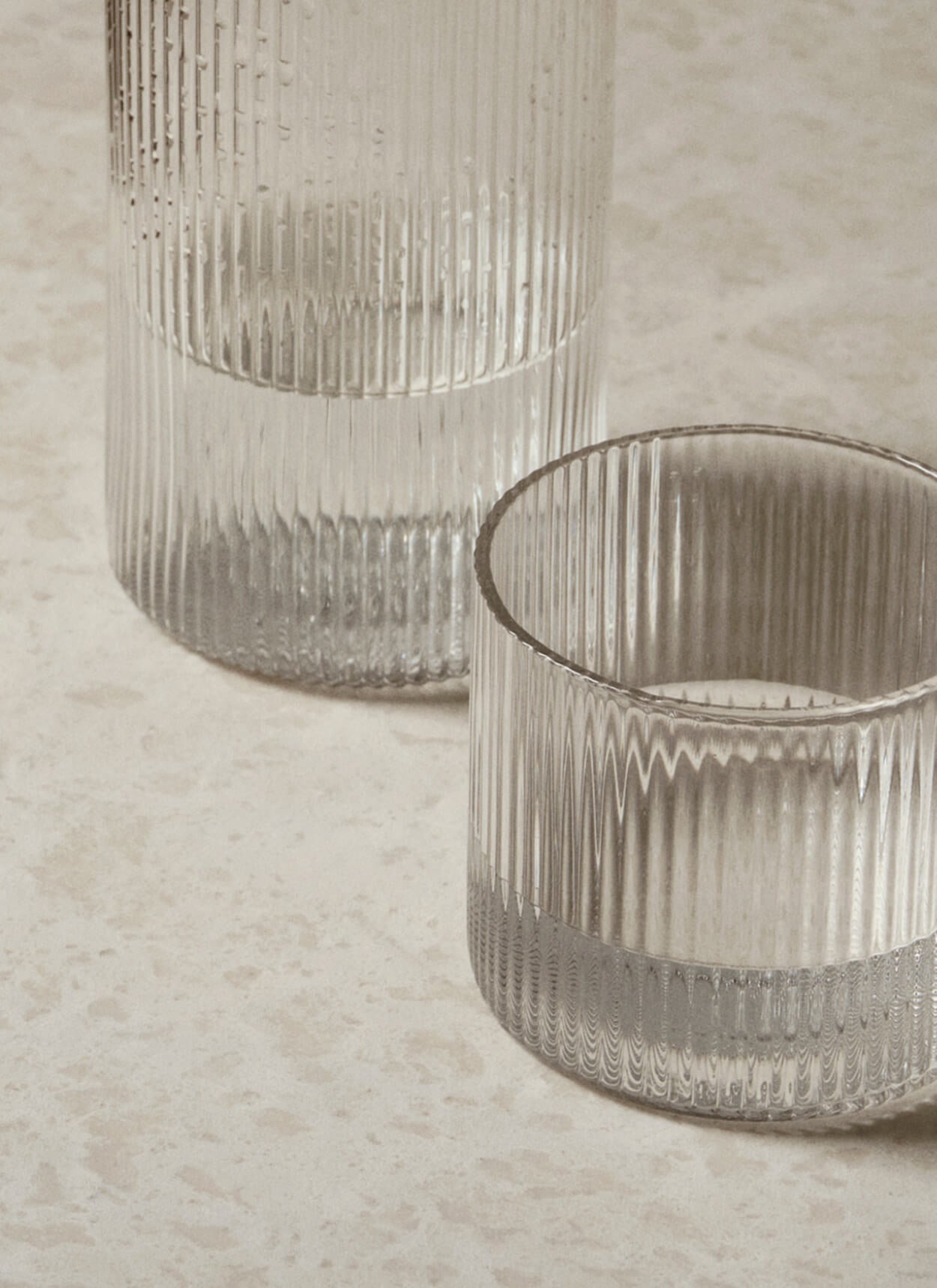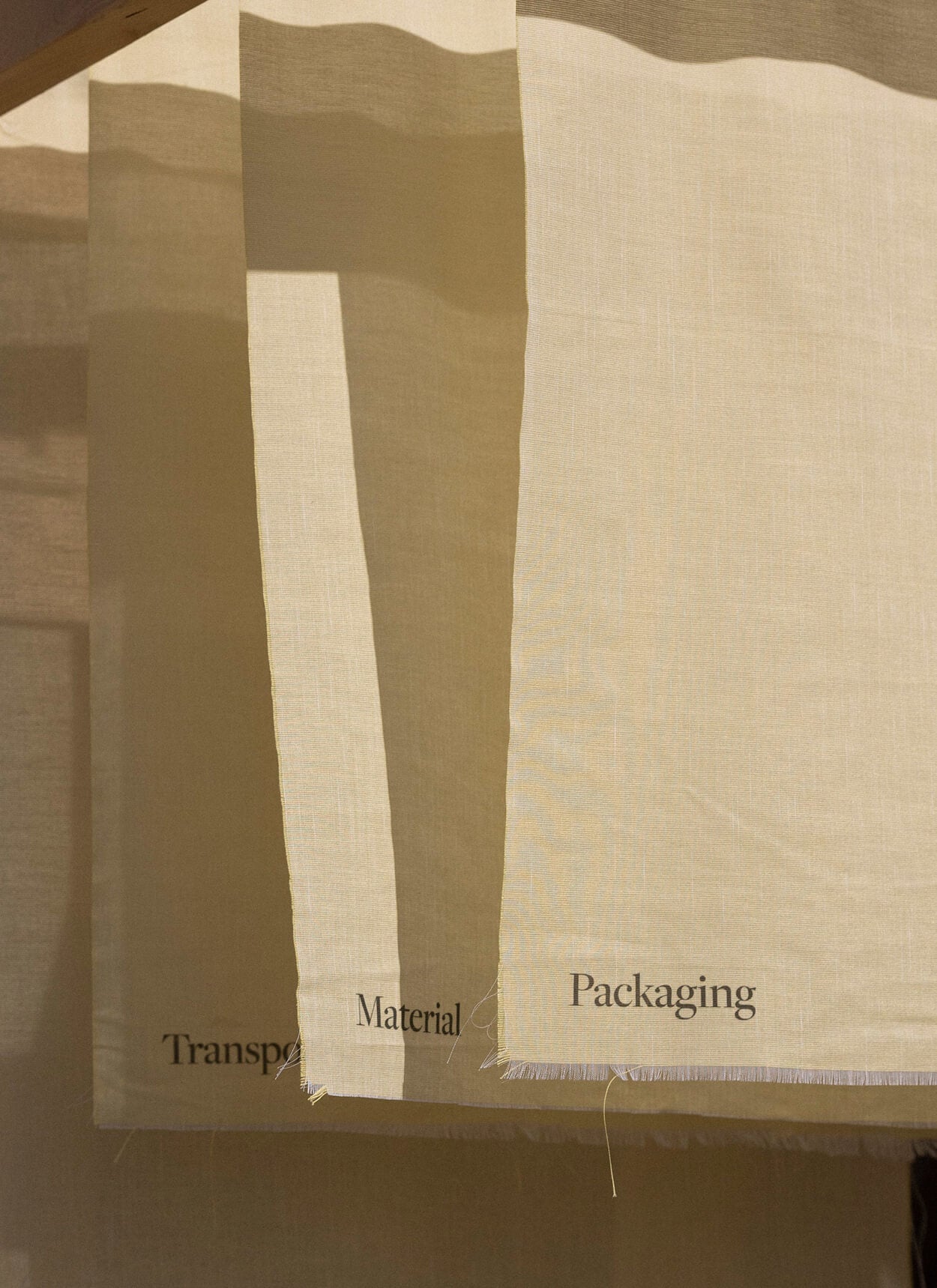
Home Stories
Kitchen Alchemy: At Home with David Zilber
We visited food scientist, chef and author David Zilber at his home in Copenhagen to talk fermentation, life with a new baby and the notion of home.
High above the steady flow of foot traffic on one of Copenhagen’s busiest streets lies the home of chef and fermentation expert David Zilber. So high up, in fact, that the only sound that reaches the open windows of the fifth-floor apartment during our visit is when the Danish Royal Guard passes by accompanied by their marching band. Originally from Canada, David has called Copenhagen home since 2014, when he moved across the Atlantic to work as a chef at Noma, a restaurant regularly hailed as the very best in the world. Prior to his move, David was working as a sous chef at a restaurant in Vancouver and got his shot at the famed Danish eatery through the straightforward means of sending a written application. Starting off in the kitchen as a cook, David’s avocational interests in science soon landed him the role as fermentation sous chef. Within a year, he was heading up the team. In 2018, David published Foundations of Flavour: The Noma Guide to Fermentation together with Noma’s founder, René Redzepi, which has since become a touchstone within the world of gastronomy and a staple on the selves of every dedicated foodie’s bookshelf.

“It’s hard to understand how ubiquitous fermentation is
– once you start to learn about it, you see it everywhere.”
Today, David is self-employed, or rather, in his words, “a so-called multi-hyphenate who contracts out my brain”. Indeed, his CV spans a multitude of titles: chef, fermenter, food scientist, New York Times bestselling author and judge on Top Chef Canada – to name a few.
Before starting at Noma, David wasn’t particularly passionate about fermentation. But once his interest was piqued, it opened up what he calls “an endless, wonderful rabbit hole. It’s hard to understand how ubiquitous fermentation is – once you start to learn about it, you see it everywhere,” he explains. “And once you understand how it works, you understand that it kind of serves as a synecdoche for the natural workings of the world at large. It’s so simple, you interface with it every day: coffee, salad dressing, soy sauce.”
When asked if he views fermentation as cooking or a science, David replies, “Both. It lies at the intersection of so much of human culture: science, agriculture, human history... The recipes for fermentation are some of the world’s most culturally significant – kimchi in South Korea; miso in Japan; beer for Germans; tequila for Mexicans and wine for the French. It’s the combination of people, plants, and geography that makes them what they are.”



David shares his home with his partner, Swedish handbag designer Matilda Venczel, and their 10-month-old son, Io. David and Matilda met by happenstance in Copenhagen eight years ago while Matilda was visiting friends. At the time, she was living in a tiny house in the forests of northern Sweden, working as an in-house designer for a leather tannery. Today, Matilda runs her eponymous luxury handbag and leather goods brand, Venczel, while also designing handbags for Mugler. Their shared home is a reflection of their respective artistic and professional endeavors, as well as their joint passions: creativity, design and – of course – Io. “There are definitely some practical logistics to having a child that affect the way we live in and use the space,” David muses. “Matilda used to have a design studio in the second bedroom. Now it’s Io’s room. We had to swap out a homemade, rather dangerous, coffee table with something with round corners. But it also brings new opportunities. The red lounge chair was previously unloved, but now I sit there and play with Io. It’s become one of my favourite spots – in addition to the kitchen.”
“I think home is the place you decide you want to keep going back to. A place that you fill with the best memories along the way – artwork, photos of your loved ones or pieces of design that make you feel something.”
Given his profession, it’s easy to understand that the kitchen is an important part of the home for David: “The way I feel about my kitchen at home can be likened to a dad who has a garage band. I’ve never cooked more than when I stopped working as a chef in a restaurant. I’ll go to the market at Torvehallerne and see what’s on offer. I cook a lot for Matilda.” David estimates that the split for cooking in their home works is about 95-5, with him doing the lion’s share – but Matilda chimes in that the actual number is closer to 98-2: “I used to make him traditional Swedish meals that he was unfamiliar with. But at this point, he’s overtaken me and perfected those, too!” Although Io is a little young to enjoy his father’s cooking at this point, David looks forward to serving him his favourite dish, “Macaroni and cheese – more specifically, my mom’s mac and cheese casserole. I would be heartbroken if Io didn’t like it!” he adds.
When it comes to choosing interior pieces, David describes himself as “someone who tries to find things that no one has but everyone wants. That inclination is best encapsulated with a jacket that Matilda recently gave me, a vintage Kenzo piece from the early 2000’s with a patchwork of lime green leather and deep green shearling. I get asked ’Who made that?!’ everytime I wear it out. But really, that part of me has always been there – as a child, I would make things I could imagine, but couldn’t buy, like my own toys.” Today, their home reflects an amalgamation of their two styles. A large bookcase spans an entire wall of their open plan kitchen-living room, showcasing a mix of cookbooks, scientific publications and novels. Custom pieces, like a deconstructed marble vase made by friends, artist-design duo Soft Baroque, are mixed with vintage finds, including four 1970’s Italian dining chairs that Matilda thrifted as a teenager, long before she had a place of her own.

When asked about the notion of home and what that means to David, he takes a moment to reflect. “I once heard someone describe home as the place you go back to,” he explains. “And as someone who has moved around a lot, I can attest to that: you never set up shop, you never move in. I think home is the place you decide you want to keep going back to. A place that you fill with the all the best memories made along the way – artwork, photos of your loved ones or pieces of design that make you feel something. And if they’re great pieces, they’ll keep making you feel something. You may move, but you take your belongings with you, and then you make your home anew somewhere else.”














